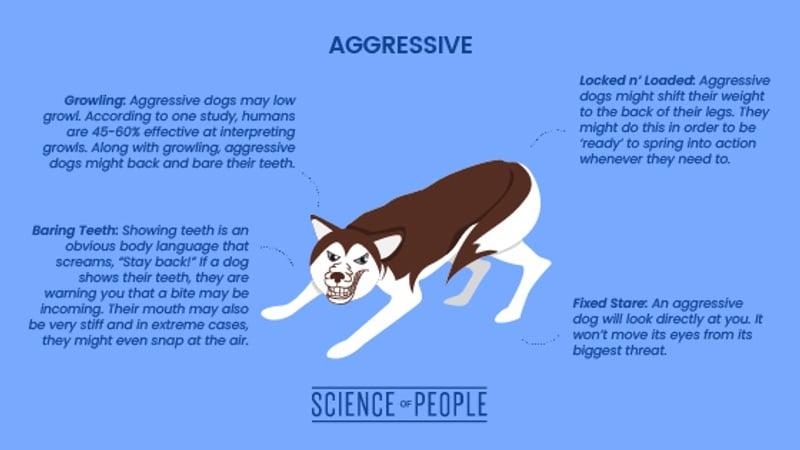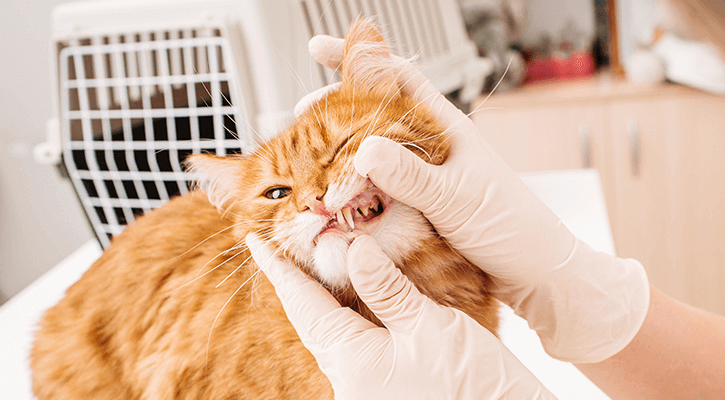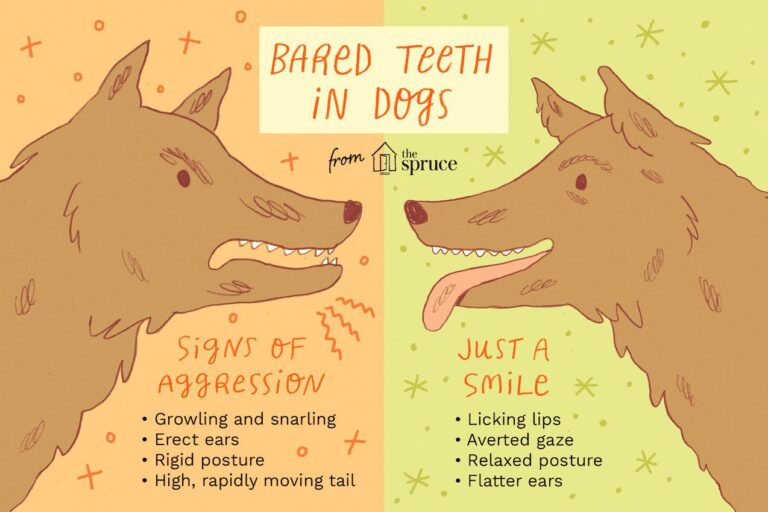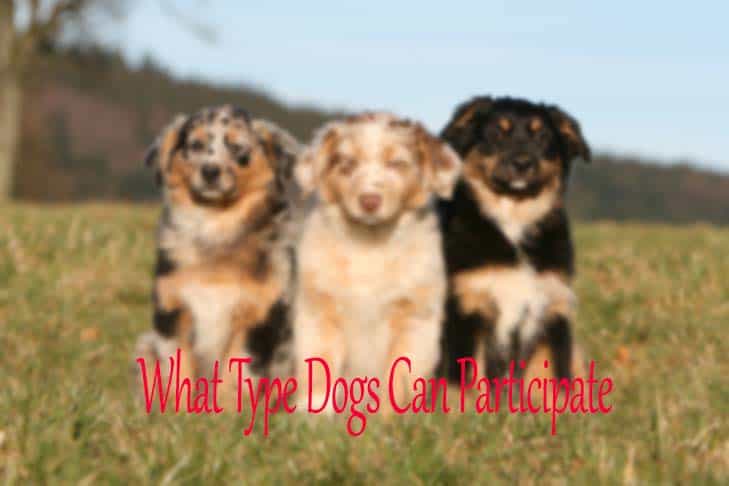Understanding canine communication is essential for pet owners to decipher their furry friends’ behaviors effectively. One common but often misunderstood form of dog communication is the act of showing teeth to dogs. When a dog bares its teeth, it can convey various messages, ranging from aggression to submission or even fear. The art of interpreting this gesture lies in observing the accompanying body language and context.
In this blog, we will delve deep into the significance of dogs displaying their teeth, exploring the reasons behind this behavior and how pet owners can appropriately respond. By learning to decipher the nuances of canine communication, you can strengthen the bond with your dog and ensure a harmonious relationship built on trust and understanding.
Introduction: Understanding Canine Communication
Understanding canine communication is crucial for pet owners to interpret their dogs’ behavior accurately. When it comes to showing teeth to dogs, it’s essential to grasp the various meanings behind this action. Dogs use their body language, including baring their teeth, to convey different emotions and intentions.
The Language of Canine Communication
Dogs communicate through a complex system of body postures, facial expressions, vocalizations, and gestures. Baring teeth can indicate aggression, fear, playfulness, submission, or even a smile. It’s vital to consider the context and accompanying signals to decipher the true message.
Interpreting Teeth Baring in Dogs
When a dog shows teeth, it’s essential to look for other signs like tail position, ear movement, and overall body posture before jumping to conclusions. Aggressive baring of teeth is usually accompanied by a tense body and raised fur, while a relaxed mouth with exposed teeth can signify a friendly grin.

Importance of Body Language in Dog Communication
Understanding the significance of body language in dog communication is crucial for pet owners and trainers. Dogs rely heavily on non-verbal cues to convey their emotions, intentions, and reactions. One key aspect is showing teeth to dogs, which can have various meanings depending on the context.
The Power of a Dog’s Smile
When a dog subtly shows its teeth in a relaxed manner, it often indicates a friendly greeting or a sign of submission. This behavior is usually accompanied by a wagging tail and a relaxed body posture, symbolizing a positive interaction.
On the other hand, snarling with visible teeth signifies aggression or defensiveness, urging people to maintain distance and avoid provoking the dog further.
Interpreting Canine Facial Expressions
Dogs communicate through facial expressions that involve the eyes, ears, and mouth. Recognizing these subtle cues can help individuals comprehend a dog’s emotional state and respond appropriately. Observing the entire body language is essential for accurate interpretation.
- Bared teeth: Can indicate fear, anxiety, or discomfort.
- Playful grinning: Often accompanied by play bows, indicating a desire for fun and interaction.
- Lip licking: Can be a sign of stress or appeasement, especially in unfamiliar situations.

Interpreting Dog’s Signals: Showing Teeth
When a dog shows teeth to another dog or human, it is essential to understand the context and accompanying body language. The action of showing teeth to a dog can indicate various emotions or intentions.
Aggressive Behavior
If a dog is displaying its teeth along with a stiff body, raised fur, and a direct stare, it is likely exhibiting aggressive behavior. In such cases, it is crucial to back away calmly and avoid confrontation.
Fear or Anxiety
On the other hand, a dog may show teeth as a sign of fear or anxiety. This behavior is often accompanied by whale eye where the whites of their eyes are visible. In these situations, it is best to give the dog space and avoid making sudden movements.

Reasons Dogs Show Their Teeth
Dogs show their teeth for various reasons, and understanding this behavior is crucial for interpreting their communication cues. One common reason is asserting dominance, where a dog may bare its teeth to establish its position in a social hierarchy or in potential conflicts with other dogs.
Submission to Threat or Fear
In some situations, dogs display their teeth as a defensive mechanism when they feel threatened or fearful. This behavior is a way for them to communicate their discomfort or unease, signaling others to back off or give space.
Playful Interaction
On the lighter side, dogs also exhibit tooth displays during playful interactions. This behavior is often accompanied by wagging tails, relaxed body language, and playful barks, indicating that the tooth showing is friendly and not meant as a sign of aggression.
Signs of Aggression vs. Fear in Dogs
When deciphering canine communication, understanding the signs of aggression versus fear is crucial. Aggression in dogs often involves showing teeth to a dog as a warning signal. This display may be accompanied by a stiff body posture, raised hackles, and a low growl. On the other hand, a fearful dog might also bare its teeth, but with a different intention – to communicate submission and avoid confrontation.
Aggression Signals
In aggressive displays, a dog may stare intensely, bark loudly, snarl, and show teeth as a defensive mechanism.
Fearful Responses
A fearful dog may exhibit signs of avoidance such as cowering, tucking its tail between its legs, and trembling. It may also lick its lips and whale eye to indicate distress.
How to React when a Dog Shows Teeth
When a dog shows teeth, it is essential to understand the context and body language to determine the reason behind this behavior. Showing teeth to a dog can be a sign of fear, discomfort, or aggression.
Assess the Situation
First and foremost, stay calm and avoid any sudden movements. Assess the dog’s overall body language, including ears, tail position, and overall posture.
Try to identify the trigger that caused the dog to show teeth, whether it be a particular action, object, or individual.
Give Space and Respect
If a dog is showing teeth, it is crucial to give them space and not force any interactions. Respect the dog’s boundaries and avoid making direct eye contact, as this can be perceived as a threat.
Speak in a calm and soothing voice to try and deescalate the situation. Slowly move away from the dog without turning your back to them.
Training Techniques for Proper Canine Communication
Dogs use a variety of ways to communicate, and understanding their body language is crucial. When it comes to showing teeth to a dog, it can be a sign of aggression or fear. Proper training techniques can help decipher this behavior.
Positive Reinforcement Training
Using positive reinforcement techniques can teach your dog to associate showing teeth with positive behaviors. Rewarding calm behavior and redirecting aggressive tendencies can help modify their response.
Socialization and Exposure
Socializing your dog from a young age and exposing them to various environments can reduce their tendency to show teeth in fear or aggression. Controlled interactions can help them feel more at ease.
Frequently Asked Questions
- Why do dogs show their teeth?
- Dogs show their teeth as a form of communication, which can express a range of emotions from aggression to submission depending on the context.
- Is showing teeth always a sign of aggression in dogs?
- Not necessarily. While showing teeth can be a sign of aggression, dogs also show their teeth during play, in greeting, or when they are scared or submissive.
- How should I interpret my dog showing its teeth?
- It’s important to consider the overall body language of the dog when interpreting teeth showing. Look for other signals like tail position, ear position, and vocalizations to understand the full context of their communication.
- What should I do if a dog shows its teeth to me?
- If a dog shows its teeth to you, it’s best to give the dog space and avoid provoking them further. Consult a professional dog trainer or behaviorist if you are unsure how to handle the situation.
- Can I train my dog not to show its teeth in certain situations?
- Yes, with proper training and socialization, you can teach your dog alternative ways to communicate and handle situations without showing aggression or fear through teeth showing.
Unlocking Canine Conversations by Understanding Showing Teeth Behavior
Throughout this blog, we have delved into the intricate world of canine communication, focusing on the art of showing teeth to dogs. By deciphering the different meanings behind this behavior, we can better understand our furry companions and strengthen our bond with them. Remember, showing teeth can signify a variety of emotions, from fear and stress to playfulness and submission.
As pet owners, it is crucial to pay attention to the context in which our dogs display this behavior and respond accordingly. Through patience, empathy, and education, we can navigate the nuances of canine communication and foster a harmonious relationship built on trust and mutual respect.



